This is the city that, when built, was designed around the people who call it home. Now, as happens in a few others, the script has been flipped: cities have become giant theme parks where locals more often feel like extras in their neighborhoods. Modified architecture and restructured transportation systems—what remains are cities that cater to the visitors who drop by rather than the residents who stay.
Let’s stroll through a few very interesting places where tourism is now the main driving force in urban planning. These places show us what happens when visitor experiences become prioritized over local living.
Dubai
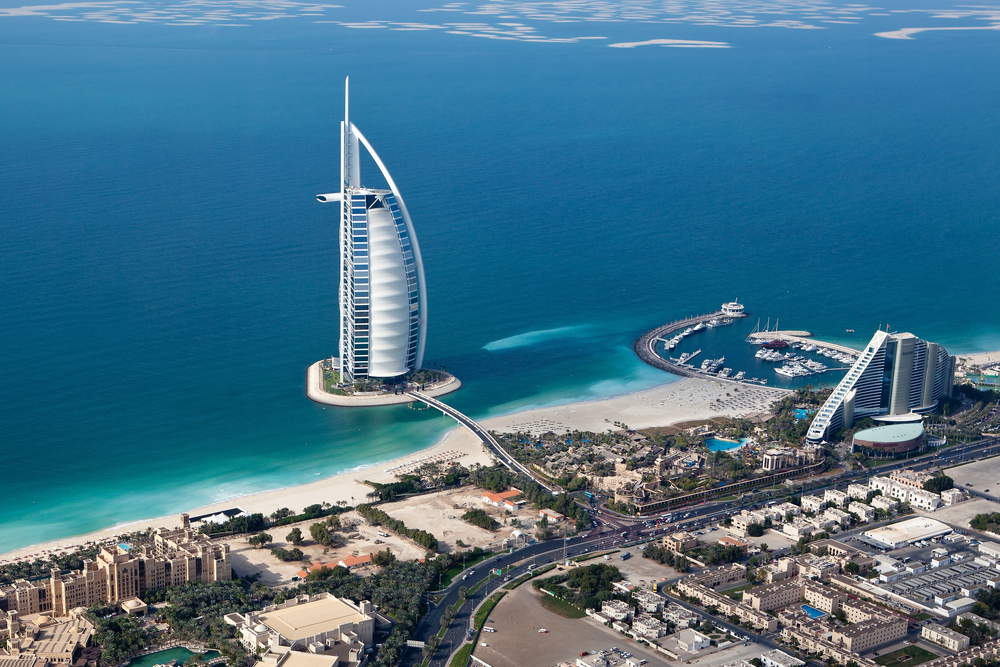
Dubai, the crown jewel of the United Arab Emirates, started as a modest fishing village but transformed into a tourist wonderland of impossibly tall buildings and artificial islands. Dubai’s constant push for bigger attractions, like the Burj Khalifa and Palm Jumeirah, leaves locals dealing with sky-high living costs and endless construction.
The city’s rapid development focuses on luxury shopping malls and hotels, while affordable housing becomes increasingly scarce for its working residents.
Venice
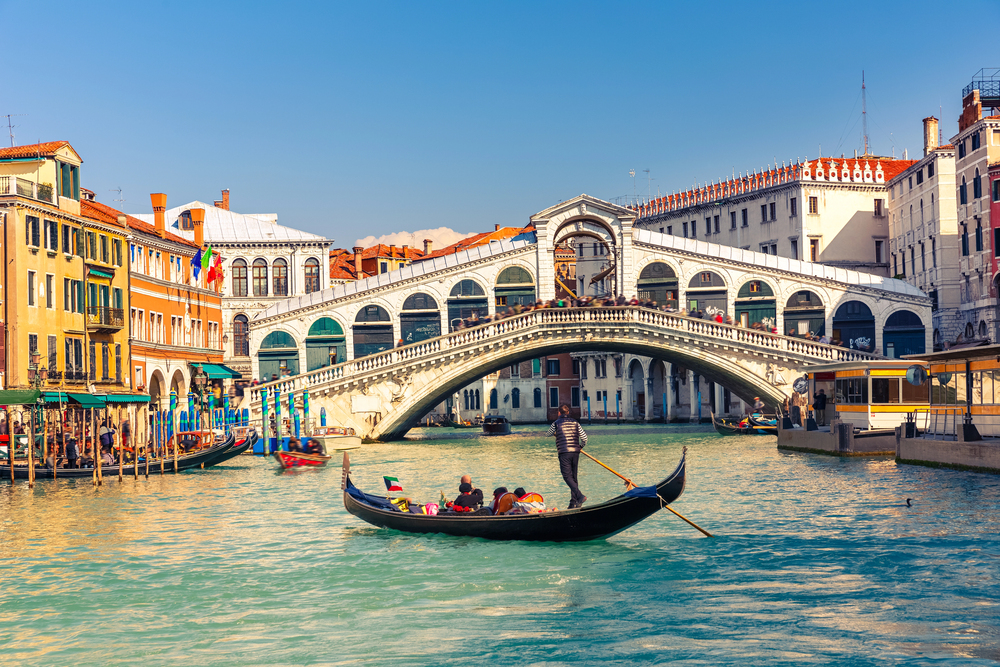
Italy’s floating city struggles with severe tourist overcrowding. Venice’s narrow streets and historic canals now serve as backdrops for vacation photos while locals flee to mainland areas.
The city’s declining permanent population faces rising costs and fewer everyday services as grocery stores transform into souvenir shops and family restaurants become tourist traps.
Like Travel Pug’s content? Follow us on MSN.
Dubrovnik
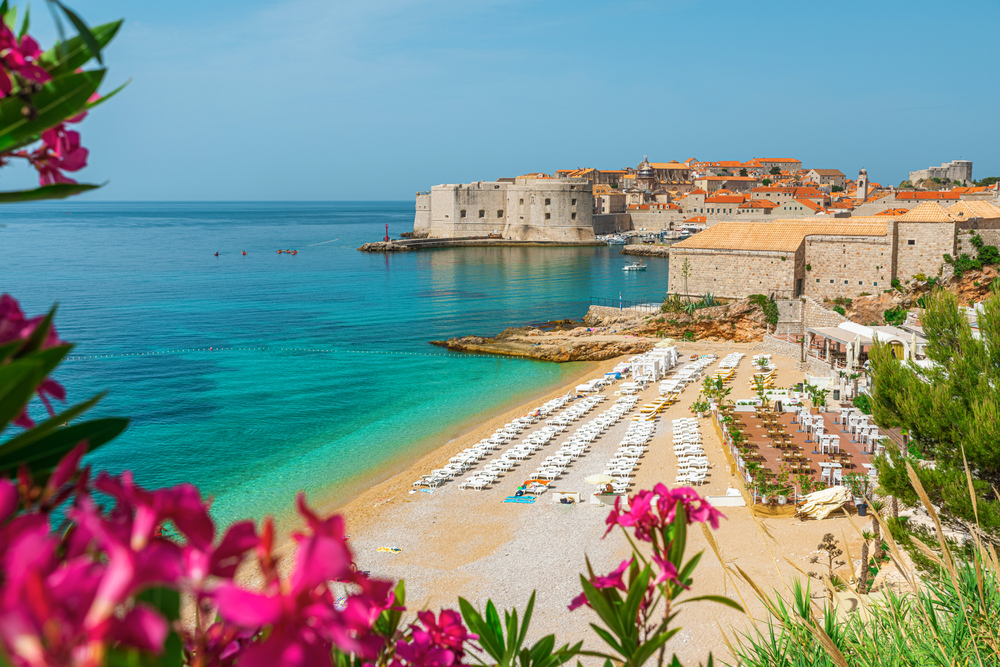
Croatia’s ancient seaside town became a victim of its beauty and ‘Game of Thrones’ fame. Local authorities limit the number of visitors inside the historic walls, yet residents still navigate through crowds just to reach their homes.
The city’s infrastructure now focuses more on managing tourist flows than serving its year-round inhabitants.
Cancun
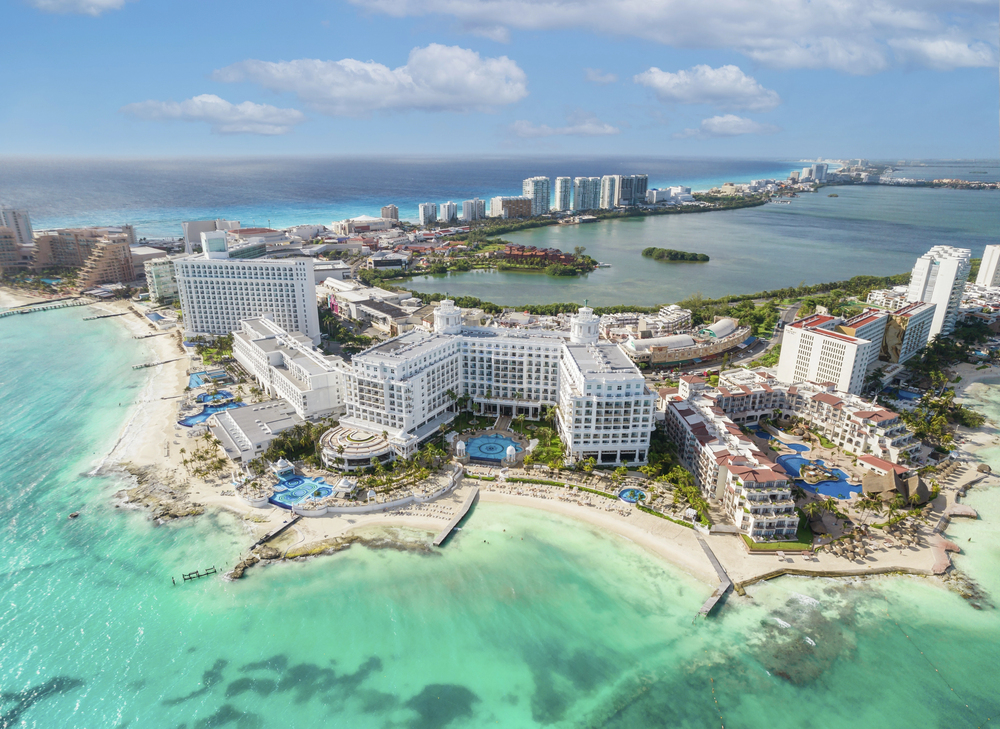
Mexico’s purpose-built tourism giant emerged from an empty coastline in the 1970s. The city’s hotel zone stretches along pristine beaches while local workers face long commutes from less-developed inland areas.
Cancun’s layout prioritizes resort access and tourist experiences over residential needs and community spaces.
Amsterdam
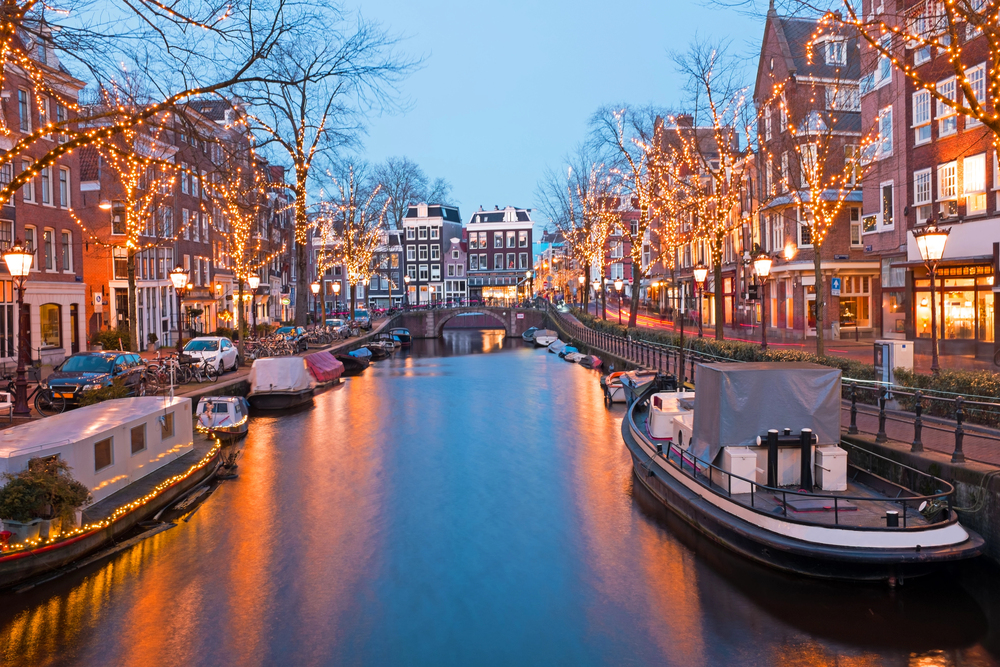
The Netherlands’ capital struggles to balance its historic charm with overwhelming tourism. Local authorities now actively discourage certain visitors while residents battle against converting housing into tourist accommodations.
The city center increasingly feels like a tourist playground rather than a living neighborhood.
Like Travel Pug’s content? Follow us on MSN.
Phuket
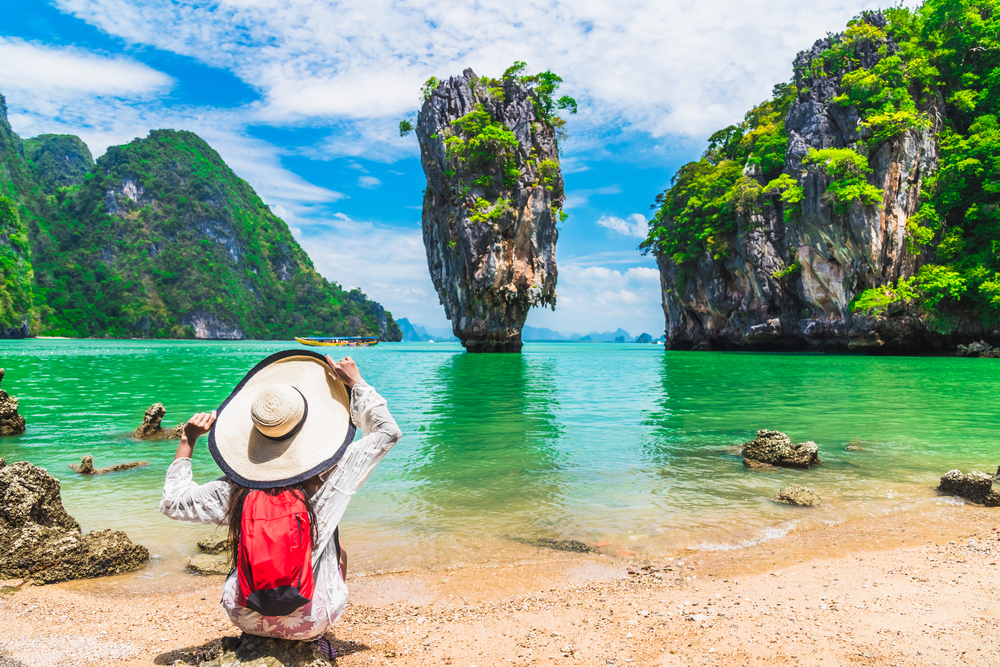
Thailand’s largest island transformed its traditional fishing villages into a tourism powerhouse. Residents watch as beaches become private property of luxury resorts and traditional markets turn into shopping centers for visitors.
The island’s infrastructure focuses on tourist areas, while local neighborhoods often lack basic amenities.
Santorini
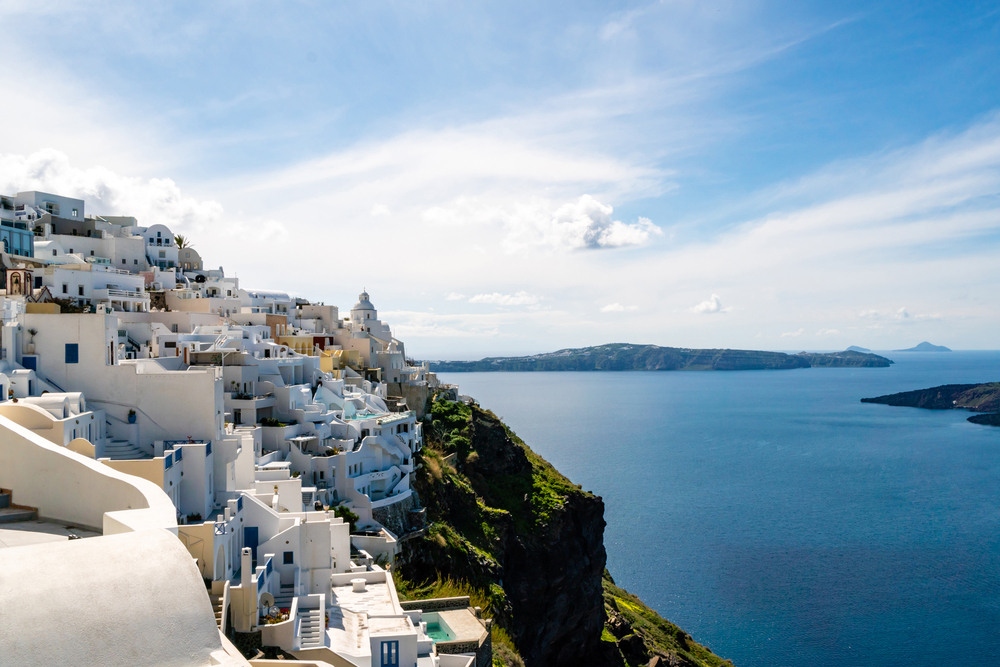
Greece’s famous white-washed island faces severe strain from tourism pressure. Residents of picturesque villages like Oia face privacy issues as tourists flood narrow pathways and photograph private homes.
Local services increasingly cater to seasonal visitors while year-round inhabitants struggle with basic needs during off-seasons.
Las Vegas
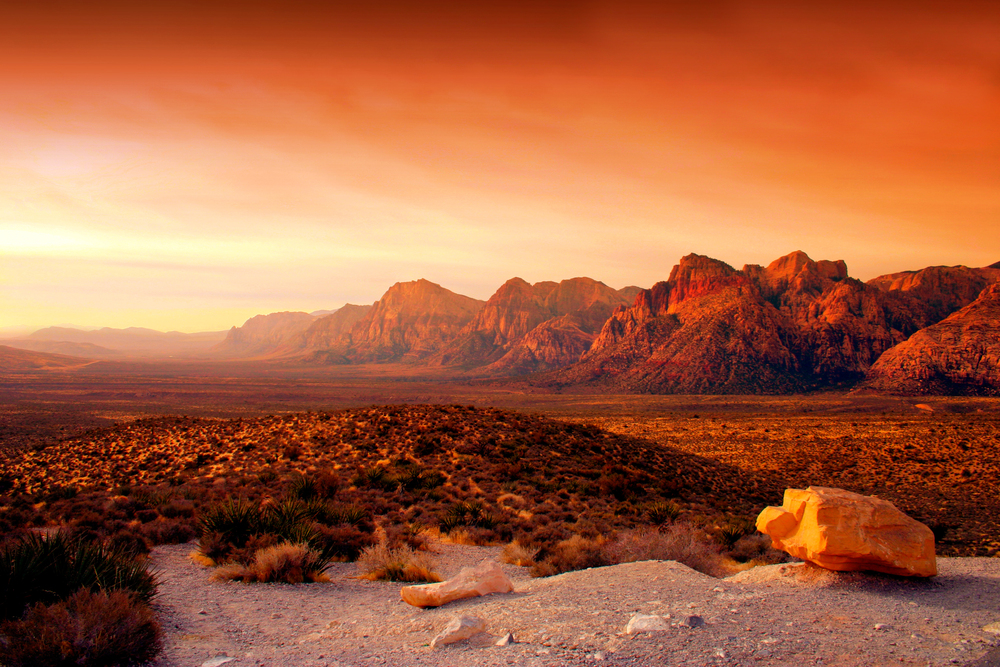
This destination in Nevada, USA, started as a desert stopover but became the ultimate tourist playground. The famous Strip consumes massive resources, while residential areas receive less attention.
Las Vegas locals often avoid tourist zones, creating a divided city of visitor and resident spaces.
Like Travel Pug’s content? Follow us on MSN.
Barcelona
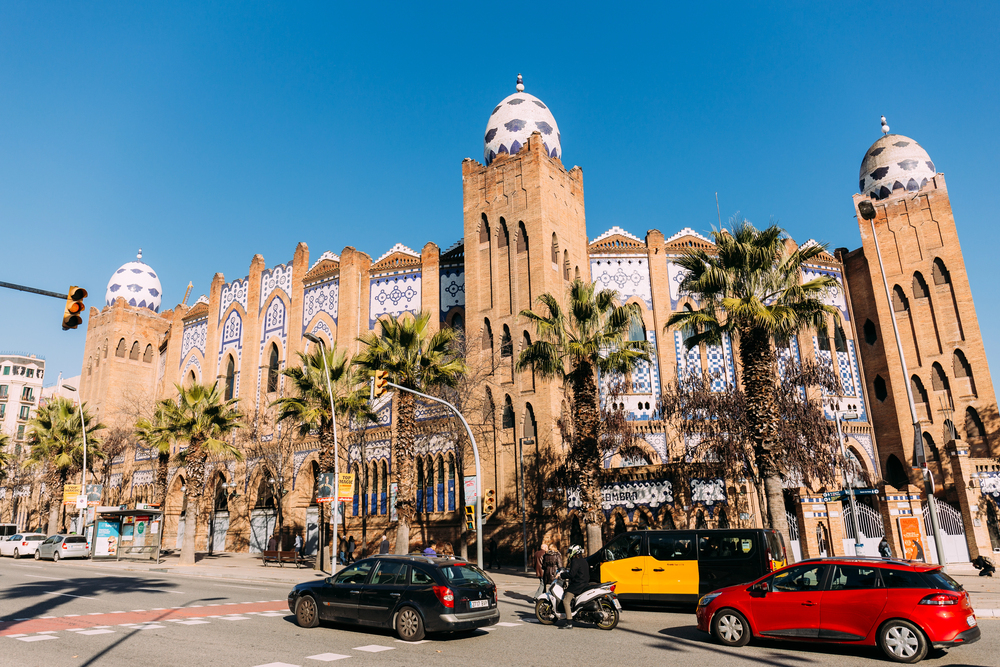
Spain’s Catalan capital struggles with tourism saturation in its historic center. The city’s famous La Rambla street now serves primarily as a tourist corridor, while locals seek authentic experiences in outer neighborhoods.
Housing prices force residents out as apartments convert to short-term rentals.
Bali
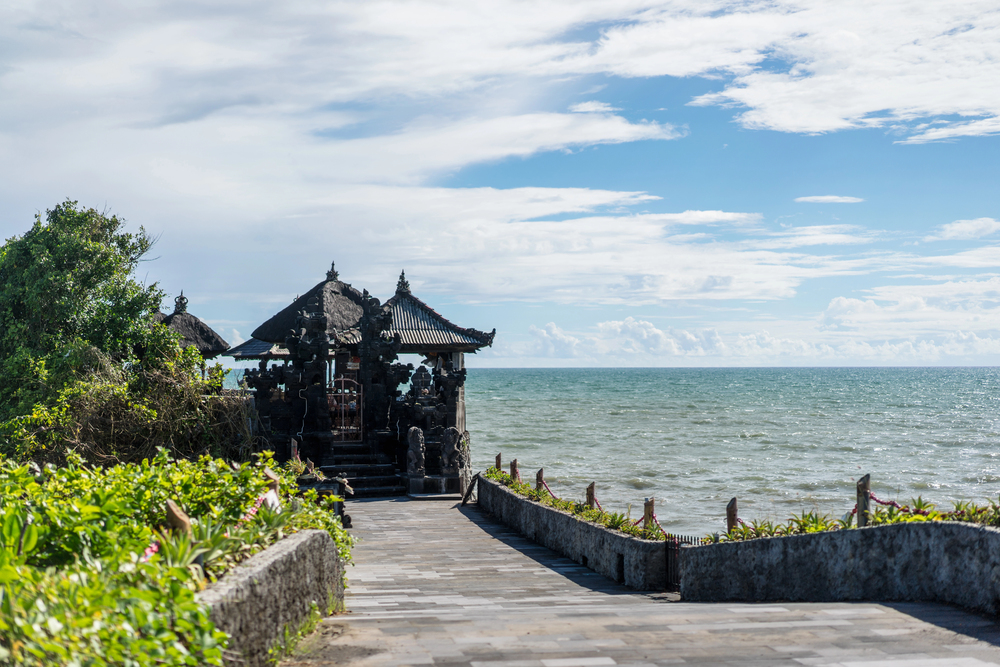
Indonesia’s island paradise struggles with overdevelopment in tourist areas like Kuta and Seminyak. Traditional villages transform into resort towns while locals move away from ancestral homes inland.
The island’s water resources and infrastructure are strained under tourism demands rather than residential needs.
Reykjavik
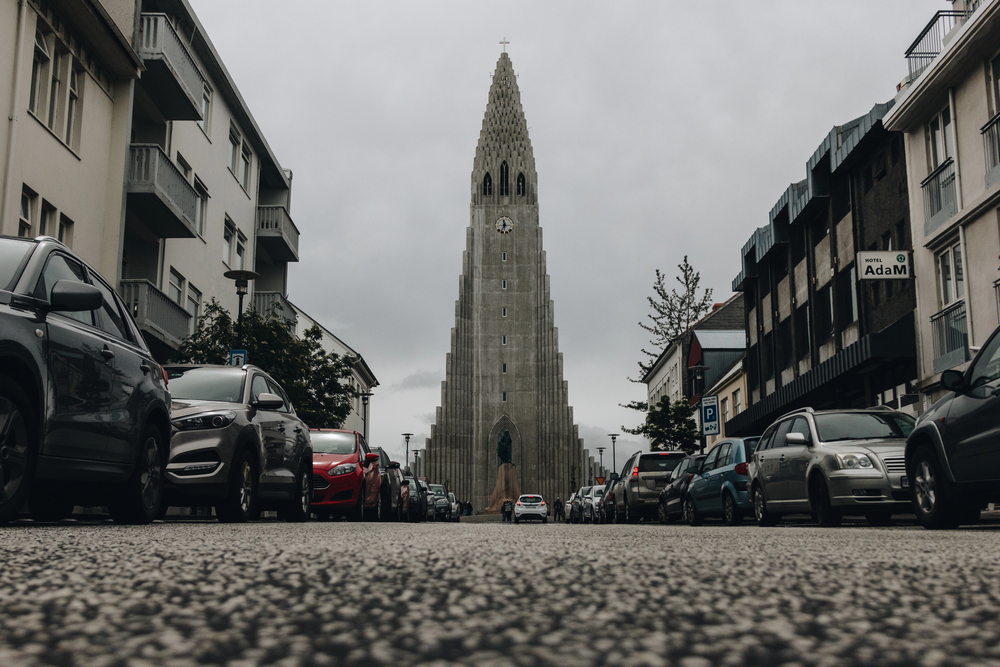
Iceland’s capital city quickly adapted to a tourism boom, sometimes at locals’ expense. Tourist-oriented services replaced resident-friendly businesses, while housing costs soared due to short-term rentals.
The city’s small size makes the impact of tourism particularly noticeable daily.
Like Travel Pug’s content? Follow us on MSN.
Miami Beach
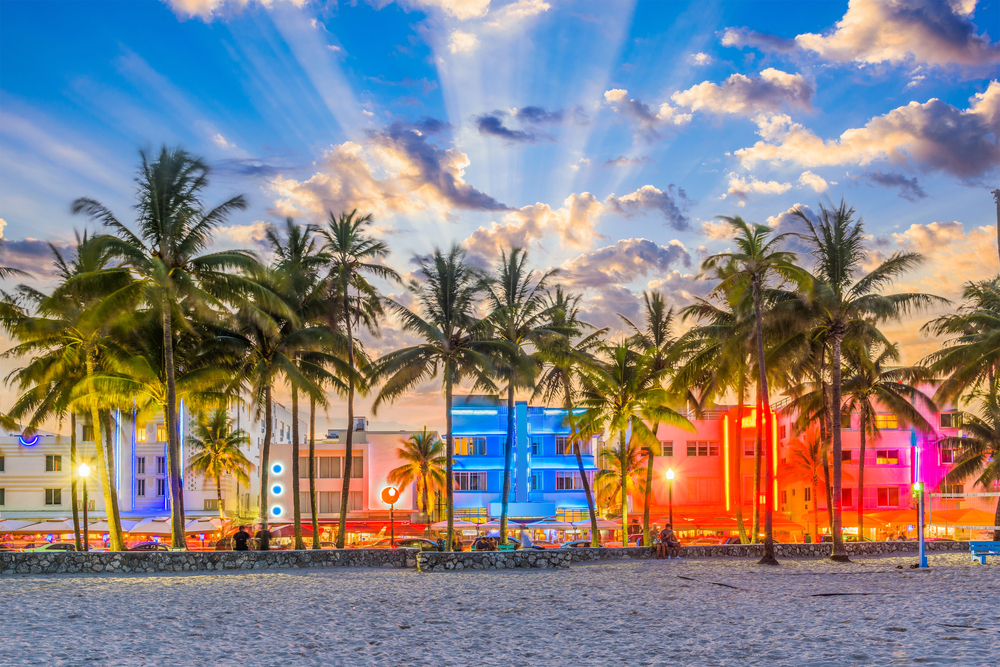
This Florida, USA hotspot prioritizes visitor experiences over resident convenience. Local neighborhoods watch as historic buildings become boutique hotels and family restaurants transform into trendy tourist spots.
The city’s famous Ocean Drive feels more like an entertainment district than a living community.
Prague
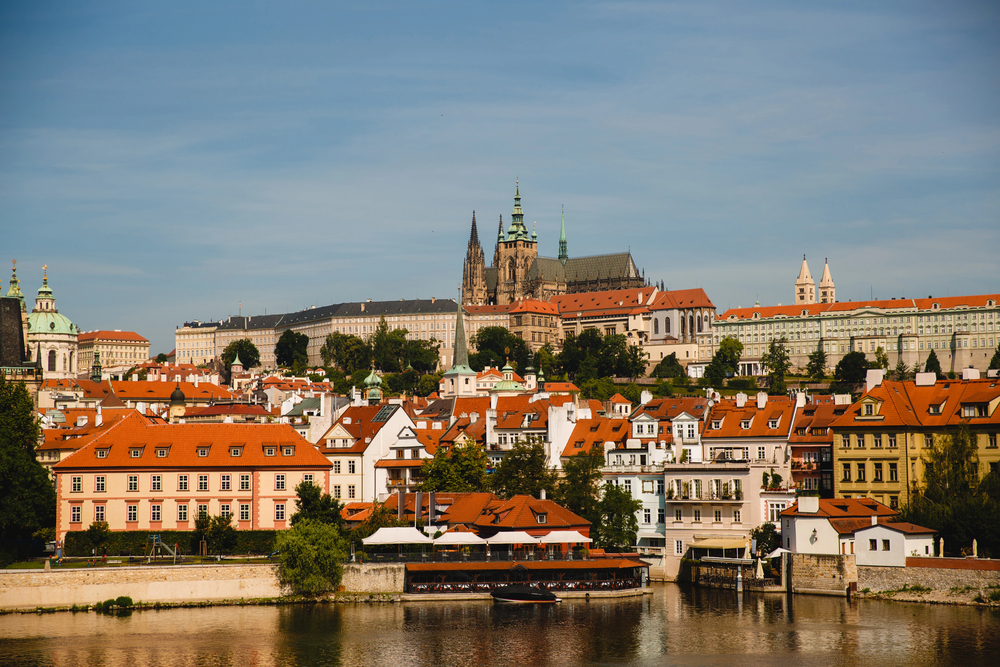
The Czech Republic’s capital sees its historic center become a tourist-focused zone. Traditional pubs become international beer halls while residents move to outer districts seeking authentic community life.
The city’s medieval streets now primarily serve as backdrops for tour groups.
Marrakech
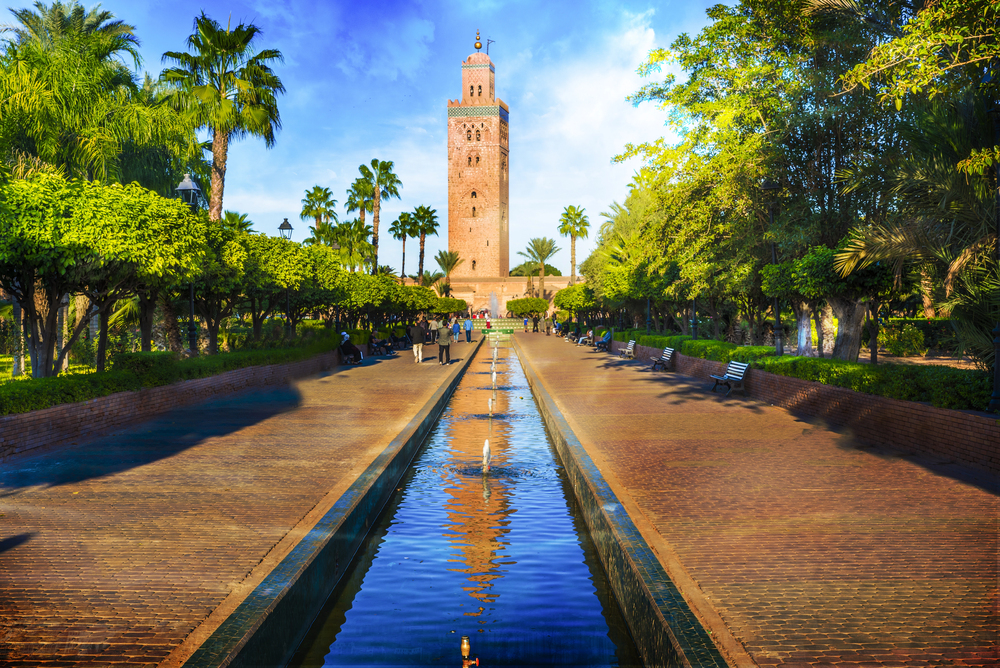
Morocco’s red city transforms its ancient medina to meet tourist expectations. Local artisans adapt traditional crafts for visitor tastes, while residential areas within the old walls become boutique hotels.
The city’s famous squares now cater more to tourists than local gatherings.
Like Travel Pug’s content? Follow us on MSN.
Singapore

The island nation designs entire districts like Marina Bay with tourists in mind. While efficient public services benefit everyone, new developments prioritize visitor attractions over community spaces.
The city-state’s constant push for tourism innovation sometimes overshadows local needs.
Cusco
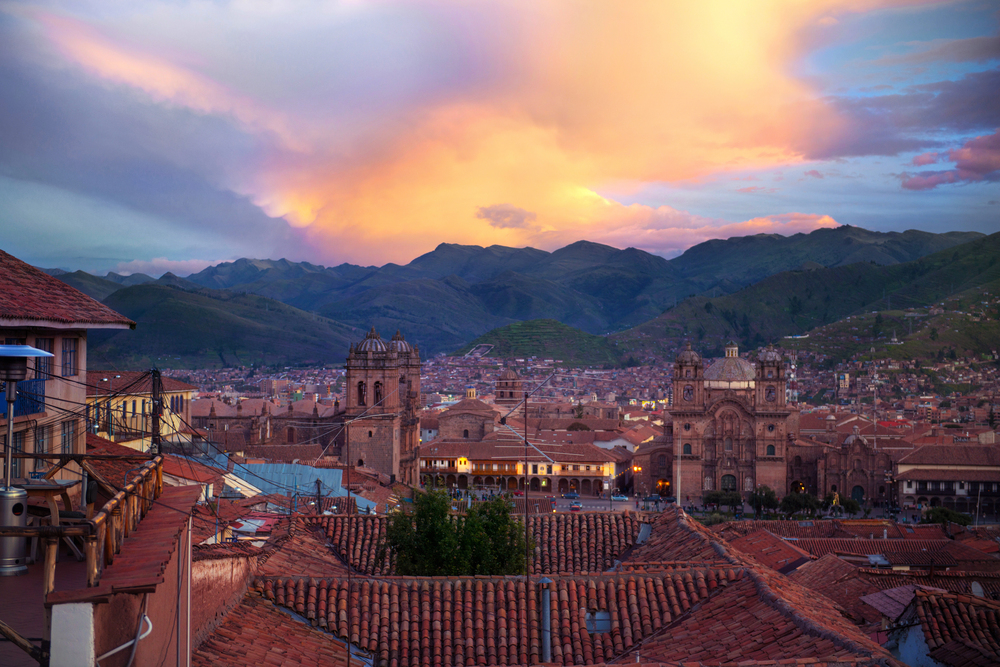
Peru’s ancient Incan capital now exists primarily as a gateway to Machu Picchu. Residents watch their historic center transform into a tourist zone while traditional markets become souvenir galleries.
The city’s infrastructure focuses on moving tourists efficiently rather than serving daily local needs.
Nice
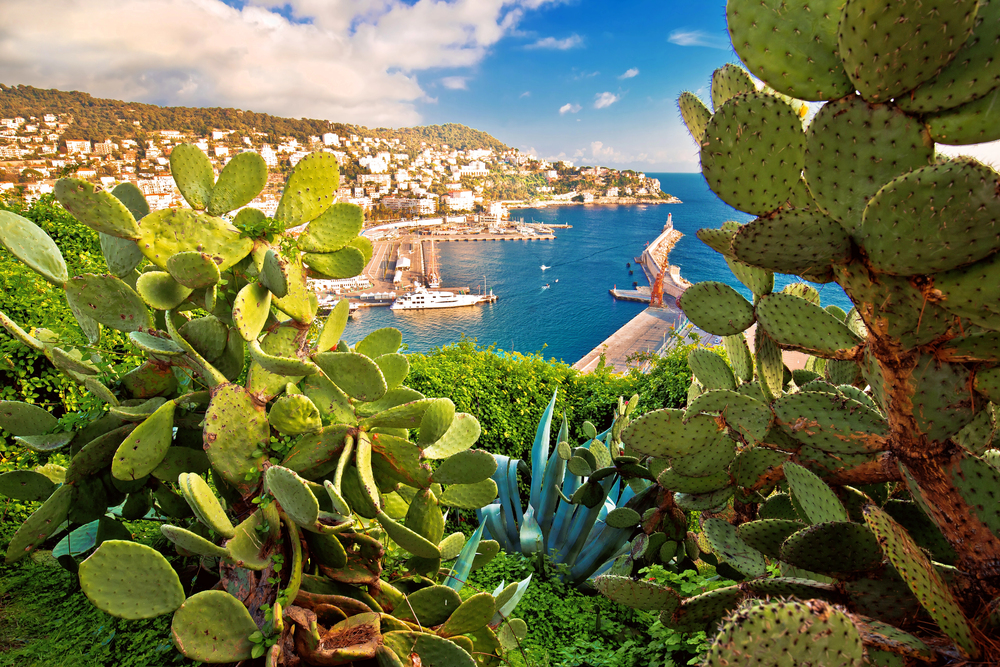
France’s Mediterranean gem’s charming old town is increasingly catering to visitor expectations. Local shops disappear in favor of tourist-oriented businesses while residents deal with noise and crowding along the famous Promenade des Anglais.
The city’s authentic local life retreats to inland neighborhoods.
Like Travel Pug’s content? Follow us on MSN.
Kyoto
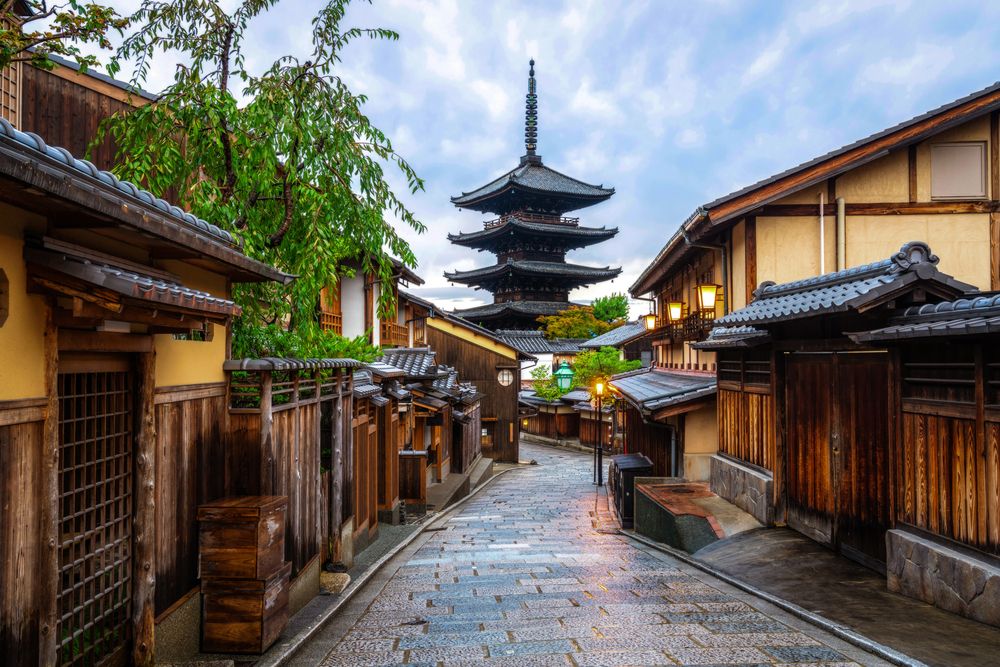
Japan’s former capital struggles to preserve its traditional character amid mass tourism. Locals watch as historic districts become photo opportunities and quiet temples become crowded attractions.
The city’s famous geisha districts now serve more as tourist spectacles than living cultural spaces.
Byron Bay
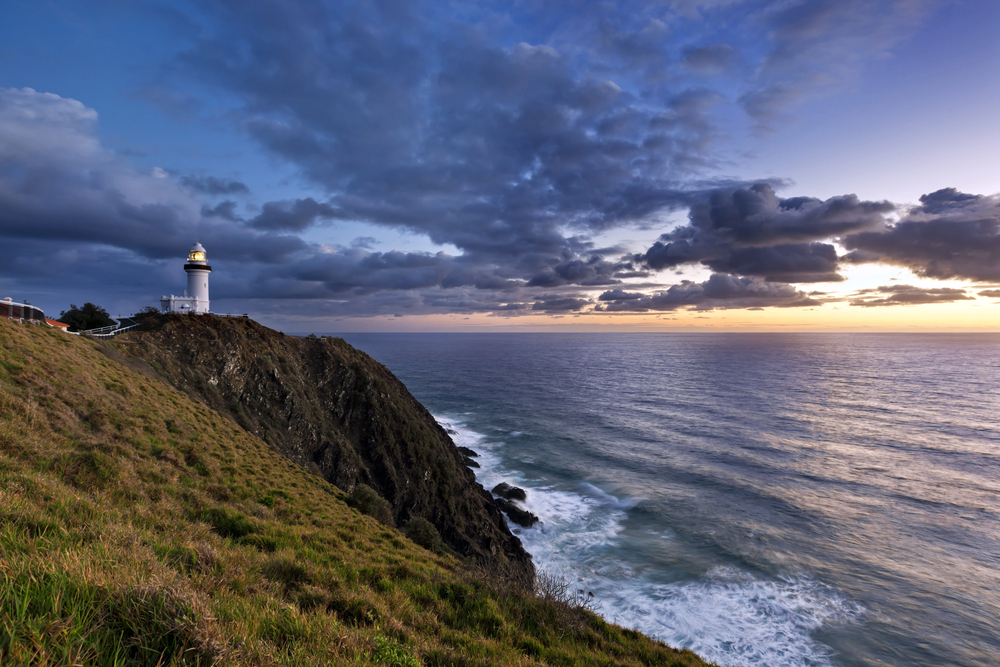
Australia’s famous beach town has transformed from a quiet surf spot into a global tourist magnet. Residents face housing shortages as properties convert to vacation rentals, and small businesses adapt to serve visitor demands rather than community needs.
The town’s infrastructure is strained during peak tourist seasons.
Bruges
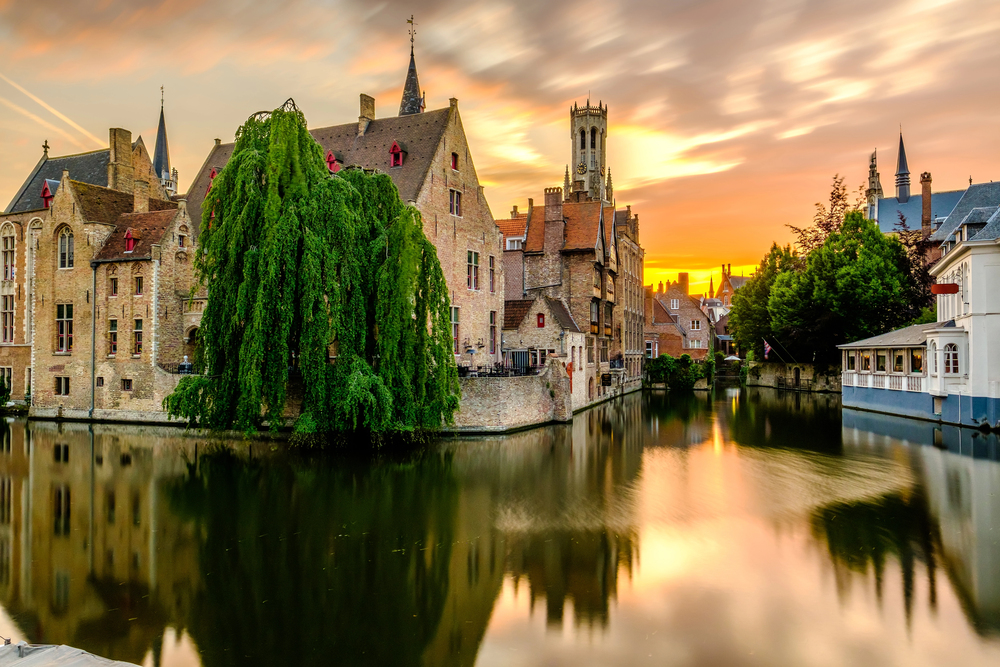
Belgium’s medieval jewel struggles to maintain its local character amid overwhelming tourism. The city’s stunning canals and historic center now serve as backdrops for photographs while residents navigate crowded streets to run daily errands.
Local authorities attempt to limit tourist numbers in peak seasons, yet authentic neighborhood life continues to fade as chocolate shops and waffle stands replace everyday businesses.
Like Travel Pug’s content? Follow us on MSN.
Changing Spaces, Changing Places
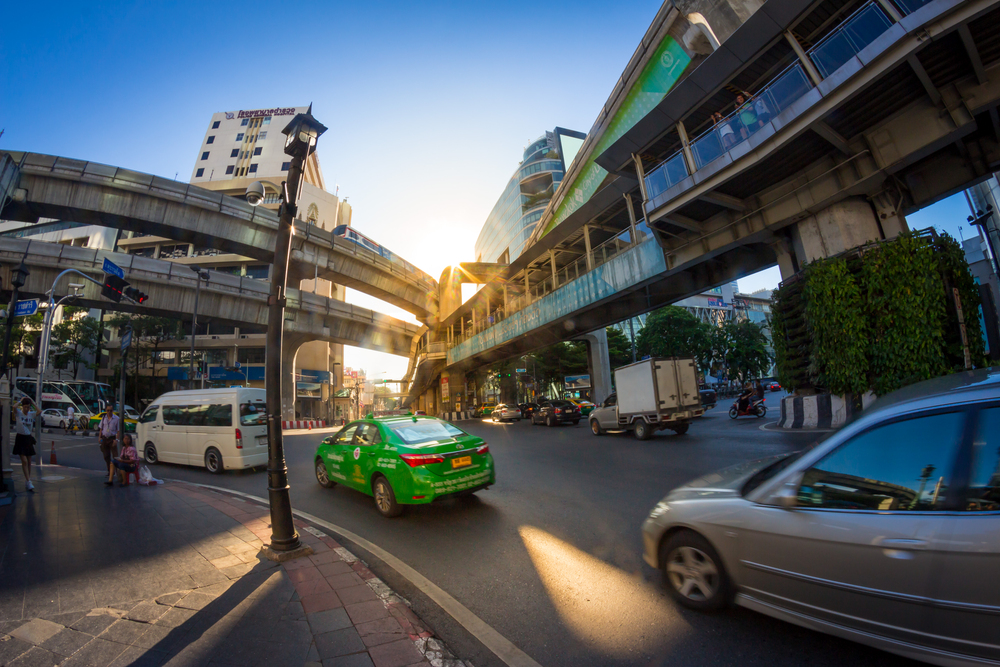
The transformation in these cities presents a larger sense of how such urban spaces alter their character along with global tourism. What begins as organic progression has become the intent design, making neighborhoods change to include more visitors and create picture-postcard destinations with the locals losing their place within their cities.
Modern tourism brings both opportunity and challenge to urban spaces. On the one hand, visitor dollars fuel economic growth, while on the other, the soul of these cities hangs in delicate balance. As more places join this list, urban planners face tough questions about preserving local life while accommodating tourism’s expanding footprint.
More from Travel Pug

- 15 Dangerous European Cities to Avoid
- 15 Caribbean Islands Where Tourists Keep Getting Scammed
- The 20 Most Fascinating Abandoned Places: A Journey Through Time and Forgotten Spaces
- 15 Hidden Places in the Smithsonian Museums Locals Love: A Guide to Lesser-Known Treasures
- 16 Hidden Florida Beach Towns That Aren’t Overrun with Tourists
Like Travel Pug’s content? Follow us on MSN.
